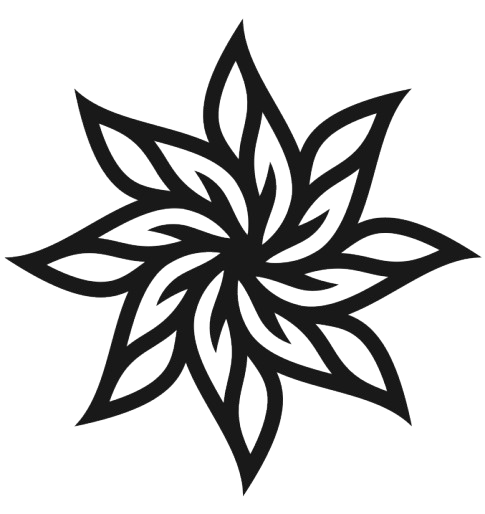What's the difference between HEMP and Marijuana?
Many people confuse the terms "cannabis" and "marijuana," thinking they are synonymous. However, marijuana is actually just a type of the Cannabis sativa plant and hemp is different type of the Cannabis sativa plant. In other words, hemp is cannabis and so is marijuana. So what's the difference between the two? The US defines marijuana as having greater than 0.3 percent THC. Tetrahydrocannabinol (THC) is what is known for its psychotropic or euphoric effects or "high" it produces when consumed.
Hemp plants, on the other hand, are defined as any cannabis plant containing 0.3 percent or less of the chemical compound THC. Even cannabis with 0.4 percent of THC would be classified as marijuana, even though 0.4 percent will not have appreciable psychoactive effects. Essentially, hemp is marijuana with almost no THC.
"Industrial Hemp" has a wide variety of uses and is harvested for many products such as body care, textiles/fiber for building material, paper bioplastics and food. The seeds from industrial hemp plants - which are made up of 30 percent oil - are rich in protein, fiber and magnesium. This type of hemp is generally taller and less stout because the stalks contain the desired fiber, in contrast with hemp cultivated for CBD oil. Since the flower is where the highest amounts of coveted compounds such as CBD are located in the plant, hemp grown for cannabinoids are much bushier and full of dense flowers. Marijuana is more commonly grown inside in a controlled environment whereas hemp will be found growing outdoors where it can reach its maximum size.
Hemp has been on its way to becoming legal since 2014 when the US allowed it to be cultivated for industrial growth and research. But then when the Agriculture Improvement Act of 2018 passed (also known as the 2018 Farm Bill), all 50 states finally got the green light legally. Local laws do still apply and may differ from Federal laws and should be taken into consideration when buying CBD oil.
